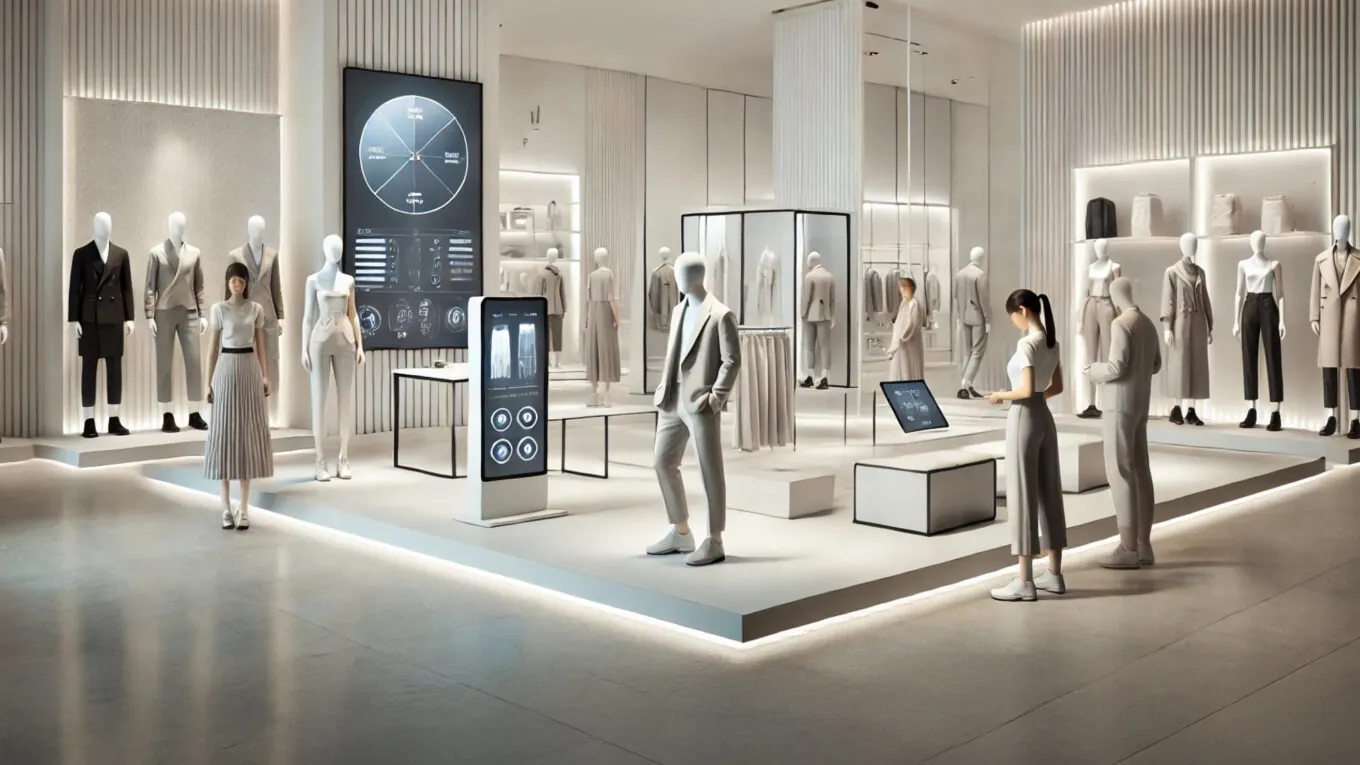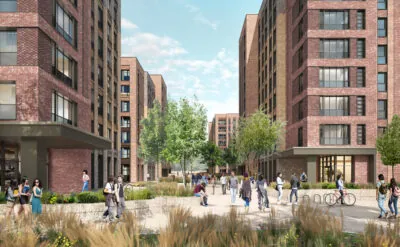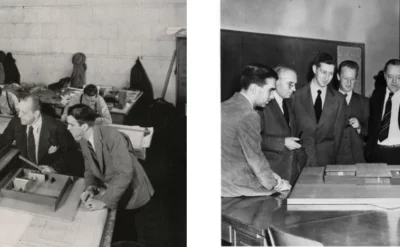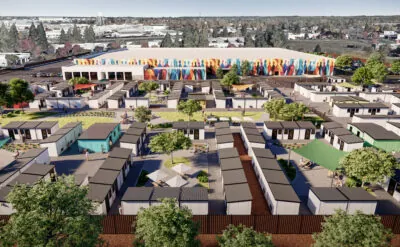Revitalizing the in-store experience means turning shopping into an immersive journey that captivates, engages and builds deeper connections with consumers. Today’s customers crave more than just products; they seek meaningful interactions that enhance their lives and resonate on an emotional level.
Experiential is a vital part of a successful Retail strategy. Transforming stores into destinations helps to unite brands with a human connection. The evolution of consumer demand for experiential, combined with the advancement of technologies, is driving sustained value and a strong return on investment.
By building a memorable guest experience, brands are capturing the hearts and wallets of generational attitudes including FOMO (fear of missing out), perceived status or affiliation and the insatiable quest for belonging that inhabits the subconscious of consumers as much as the physical space.
We offer the following eight principles of experiential retail design to consider for your strategy:
Experiential Store Designs
Experience starts with storytelling where each design detail contributes to a cohesive brand narrative to create strong customer engagement. Narrative displays with well thought out visual merchandising connect customers emotionally by aligning with the brand’s core message. Lifestyle brands amplify this connection, inviting customers to embody their personal archetypes, whether as adventurers, wellness enthusiasts, social justice advocates or entertainers. Interactive window displays, featuring digital or kinetic elements, capture attention and encourage foot traffic to cross the lease line. Inside the store, placing warm and inviting, comfortable spaces such as in-store cafés or lounges transform the store into a destination where customers can relax, work or socialize, offering an experience beyond shopping alone.
Community and Social Connection
Hosting events such as in-store workshops, panel discussions and local meetups create vibrant opportunities for community connection within retail spaces. Exclusive product launches, including VIP releases or “sneak peeks” for loyal customers, add a sense of exclusivity that rewards and strengthens brand loyalty. Bringing in industry experts, influencers or local leaders to speak on relevant topics further fosters a shared sense of community and aligns the brand with customer interests and values. Additionally, physical or digital boards where customers can post local events, share recommendations or exchange ideas enhance neighborhood connections and make the store a hub for local engagement.
Interactive In-Store Experiences
Live product demonstrations, test-and-try stations and interactive displays bring hands-on engagement into the retail experience, allowing customers to explore product features, watch tutorials or compare options with dynamic content. Smart fitting rooms equipped with touchscreens or digital mirrors enhance convenience and personalization, enabling customers to request different sizes, view style recommendations or see outfits in various colors without needing to try them on physically. Additionally, immersive sensory experiences integrated into store design engage multiple senses—sight, sound, touch and even smell or taste— creating a captivating environment that enriches and personalizes the shopping journey, making it more memorable and enjoyable.
Localization
Customizing store layout and design to reflect local culture is essential for building a genuine connection with the community. By incorporating local artwork, historical references and cultural motifs, retailers create an environment that resonates with customers and celebrates their heritage. Also, adjusting in-store displays and product arrangements based on real-time data allows retailers to align with local interests and trends, ensuring relevance and appeal. Creating sections of the store or visual displays that reference iconic local landmarks enhances familiarity and fosters local pride among customers. Moreover, utilizing graphics and wayfinding that reflect cultural references and visual styles specific to the region helps the brand resonate deeply with the local customer base. Sponsoring local events and participating in charity drives further solidify the brand’s commitment to the community, reinforcing its role as a valuable neighbor and partner.
Personalization
Curated shopping experiences that offer personalized services with hand-selected items based on customer preferences create a tailored approach that enhances customer satisfaction and loyalty. By providing made-to-order products that celebrate the unique tastes and values of core customers, retailers can foster a deeper connection and sense of ownership. Additionally, leveraging customer data enables brands to deliver customized discounts, rewards and promotions that align with individual shopping habits and preferences, ensuring that each customer feels valued. To further elevate the shopping experience, mobile concierge services can provide on-the-go assistance, making it easier for customers to access personalized support and recommendations.
Omnichannel Shopping
The seamless integration of online and in-store shopping experiences is essential for modern retail, ensuring consistent messaging and branding across all platforms. This approach allows customers to easily transition between digital and physical environments, enhancing convenience with options like BOPIS (Buy Online, Pick-Up In Store) and BOPRIS (Buy Online, Return In Store), which streamline the purchasing process. Additionally, unified inventory management plays a critical role in this integration, providing real-time stock visibility and enabling shared inventory across channels. This improves efficiency and helps retailers respond swiftly to customer needs, ultimately creating a more cohesive and satisfying shopping experience.
Sustainability and Ethical Consumption
Implementing circular economy practices is crucial for modern retailers seeking to promote sustainability and reduce environmental impact. Programs such as take-back initiatives, resale and second-hand products, and product swap events, encourage customers to participate in responsible consumption while extending the lifecycle of items. Retailers can further support sustainability by offering products in minimal, recyclable or biodegradable packaging, while also encouraging customers to bring reusable bags or containers to minimize waste. Transparency in sourcing is essential; by ensuring that products are obtained through fair trade practices and ethical manufacturing, retailers can build trust with environmentally conscious consumers. Additionally, providing products made from ethically sourced, eco-friendly or organic materials aligns with customer values and enhances the overall brand reputation. Complementing these efforts, recycling and reuse programs, such as clothing swaps and upcycling workshops, foster community engagement and creativity while reinforcing the importance of sustainability within the retail experience.
Convenience and Time-Saving Solutions
Designing stores with intuitive layouts, clear signage and well-organized sections significantly enhances the shopping experience by making it easier for customers to find what they need quickly. This convenience is further amplified by equipping store associates with mobile payment devices, enabling them to assist customers anywhere on the sales floor and allowing for fast, frictionless checkout experiences that eliminate long lines. Additionally, in-store appointment scheduling empowers customers to book services like fittings, consultations or product demos, effectively avoiding wait times and ensuring that staff is available when needed. Together, these strategies create a seamless and enjoyable shopping journey that prioritizes customer satisfaction and efficiency.
The future of experiential retail lies in its ability to weave together commerce and human connection, creating a vibrant ecosystem that enriches lives and strengthens the economy.
What’s your strategy? Start a conversation.



